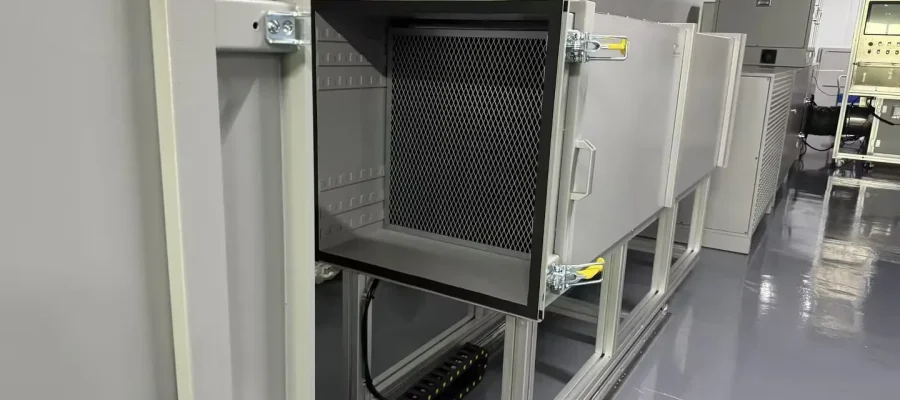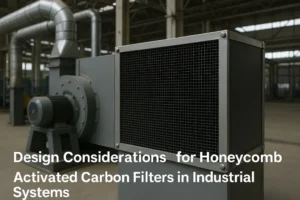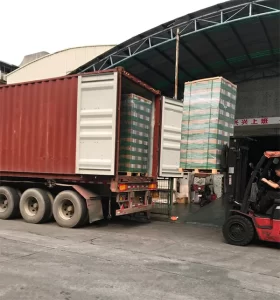In industrial air filtration systems, honeycomb activated carbon filters are highly effective for removing volatile organic compounds (VOCs), odors, and other harmful gases. A critical factor for system design and energy efficiency is the pressure drop (often referred to as air resistance). A higher pressure drop means your fan works harder, consumes more energy and increase operational cost.
So, what factors directly influence the pressure drop of a honeycomb activated carbon filter?
1. Cell Count and Geometry
Honeycomb activated carbon filters are defined by their cell density, measured in CPSI (cells per square inch). Normal cell count of honeycomb activated carbon are 25CPSI, 50CPSI and 100CPSI. The filter’s design is a balance between surface area and airflow.
- Higher cell count: Increases the surface area available for adsorption, leading to better removal efficiency. However, a higher density of cells also creates more resistance, resulting in a higher pressure drop.
- Lower cell count: Allows for better airflow and a lower pressure drop. This is ideal for applications with high air volume and lower VOC concentrations, where minimizing energy consumption is a priority.
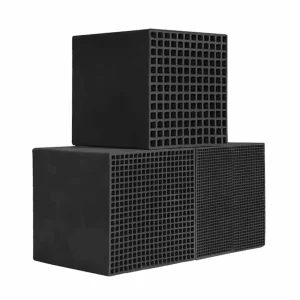
2. Filter Thickness
The thickness of the activated carbon block directly impacts pressure drop.
- Thicker filters: Provide a longer contact time between the air and the carbon, which enhances adsorption. However, this also increases the physical resistance to airflow, leading to a greater pressure drop.
- Common sizes are 20mm, 50mm, and 100mm, with resistance increasing with thickness.
3. Activated Carbon Density
The amount of activated carbon packed into each cell, or the filter’s density, is another key factor.
- Denser carbon content: Offers a higher adsorption capacity per unit volume, which improves removal efficiency. However, this can also restrict airflow, leading to a higher pressure drop.
- Finding the optimal loading level is essential to balance high performance with low pressure drop.
4. Air Velocity
This is perhaps the most significant operational factor influencing pressure drop.
- Higher air velocity: The faster the air moves through the filter, the greater the pressure drop.
- Proper system design, including correct filter sizing and fan configuration, can help maintain an optimal air velocity to minimize resistance while ensuring effective treatment.
5. Dust and Humidity Buildup
Over time, external factors can significantly increase a filter’s pressure drop.
- Dust and particulate matter: These can accumulate on the filter’s surface and in the cell openings, physically clogging the pathways and dramatically increasing pressure drop.
- Humidity: High moisture levels can lead to the adsorption of water molecules by the activated carbon, which can swell the material and restrict airflow, increasing resistance.
- Best Practices: Using a pre-filter to capture dust and other particulates can significantly extend the life and reduce the pressure drop of your honeycomb activated carbon filter.
6. Auxiliary Materials
In certain honeycomb activated carbon filter configurations, auxiliary materials such as support layers or cottons are used. The material properties and porosity of these components can play a critical role in influencing the total pressure drop across the filter. As shown in the image below, the square-structured filter on the left exhibits a lower pressure drop compared to the honeycomb-structured filter on the right.
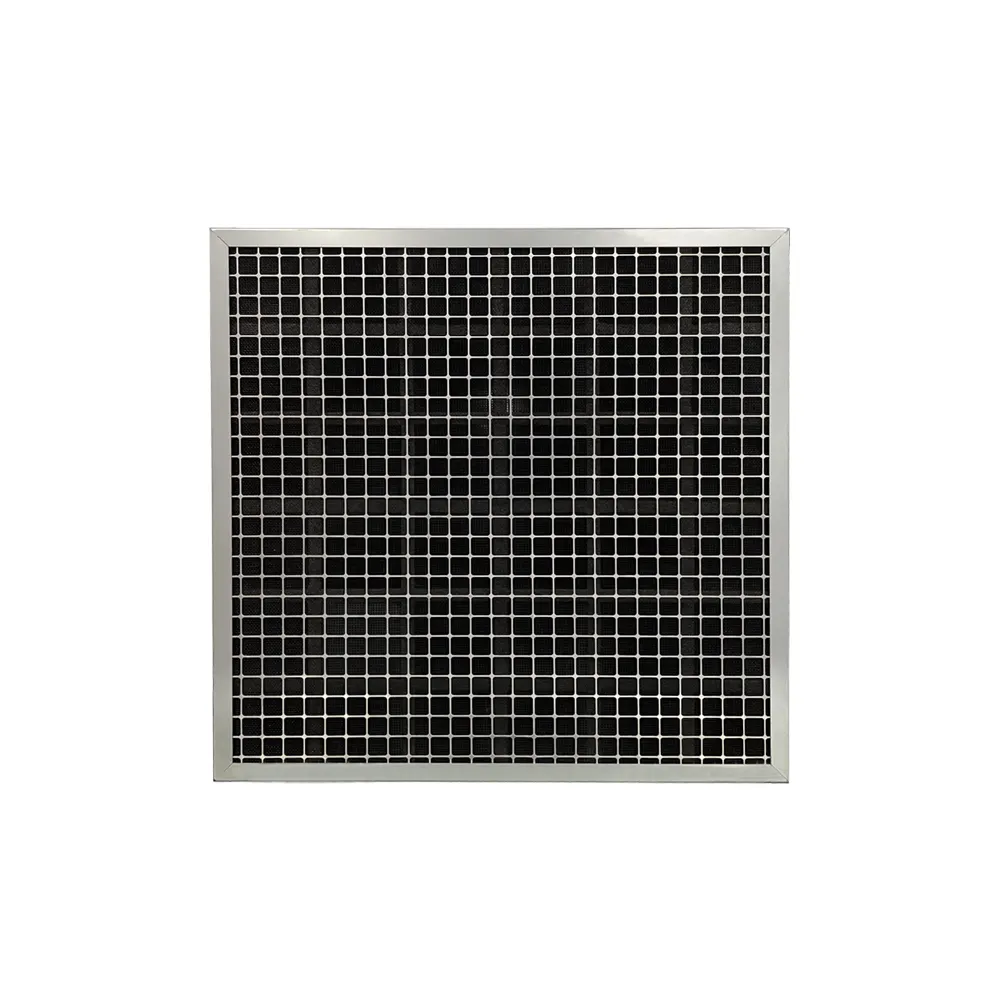

Looking for a High-Efficiency, Low-Pressure Drop Honeycomb Activated Carbon Filter?
We specialize in custom solutions designed to meet your specific airflow and purification needs. Contact us today to find a filter that’s tailored for your system.
Article Keywords: honeycomb activated carbon filter, pressure drop, VOC removal, filter resistance, air velocity, carbon density, industrial air filtration, airflow optimization, filter honeycomb, honeycomb air filter
